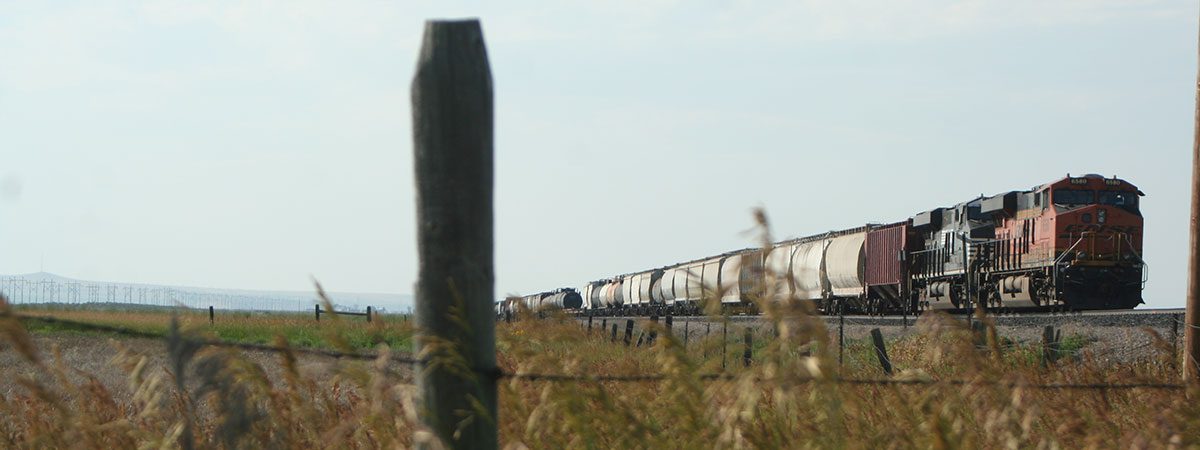Presentations
To accomplish its lifesaving goals, Operation Lifesaver volunteers provide free safety presentations for various professions and all age groups to increase public safety awareness around railroad tracks. The interactive presentations include videos and other visual elements. Presentations are available for, but not limited to:
- Driver’s Education Courses
- School Classrooms (Pre-K through High School)
- Professional Driving Courses
- Model Railroad Activities
- Community Events
- Safety Fairs
- Family Days
Kindergarten
Kindergarten-Grade 2 Overview
Children will learn:
- Trains are large in reference to vehicles and people.
- Placing objects on tracks and throwing items at trains is dangerous.
- Standing or playing too close to railroad tracks is dangerous.
- How and where to cross railroad tracks safely.
Grade 3 – 5
Grade 3-5 Overview
Children will learn:
- Railroad tracks, yards, bridges, trestles, tunnels and train equipment are private property.
- Tunnels and bridges are only wide enough for trains.
- Whether in a vehicle, bicycle or on foot, you are required by law to obey railroad warning signs, flashing lights and gates.
- To play a safe distance from railroad tracks.
Grade 6 – 8
Grade 6-8 Overview
Children will learn:
- To stay alert and pay attention around railroad tracks.
- Loud music and headphones can keep you from hearing a train.
- To expect a train at any time, in either direction and on any track.
- Never to crawl between railcars or under trains.
- To cross railroad tracks only at correct places.
- Railroad tracks, yards, bridges, trestles, tunnels and train equipment are private property.
- Railroad trespassers may be subject to arrest and fines.
- To always watch for a second train.
General Adult Overview
This presentation may be customized for teens in driver’s education classes, mature drivers, school bus drivers, law enforcement and professional drivers.
The audience will learn:
- To expect a train at any time, in either direction and on any track.
- Approximate stopping distance for trains and other vehicles.
- To recognize passive and active railroad warning devices.
- To always watch for a second train.
- About the optical illusion that makes trains seem slower and farther away than they actually are.
- How to avoid stalling or high-centering on railroad tracks.
- What to do if a vehicle stalls or high-centers on railroad tracks.
- How to find railroad and U.S. Department of Transportation emergency contact information.
- Issues related to driving behind buses and vehicles transporting hazardous materials.
- Issues related to trespassing.
